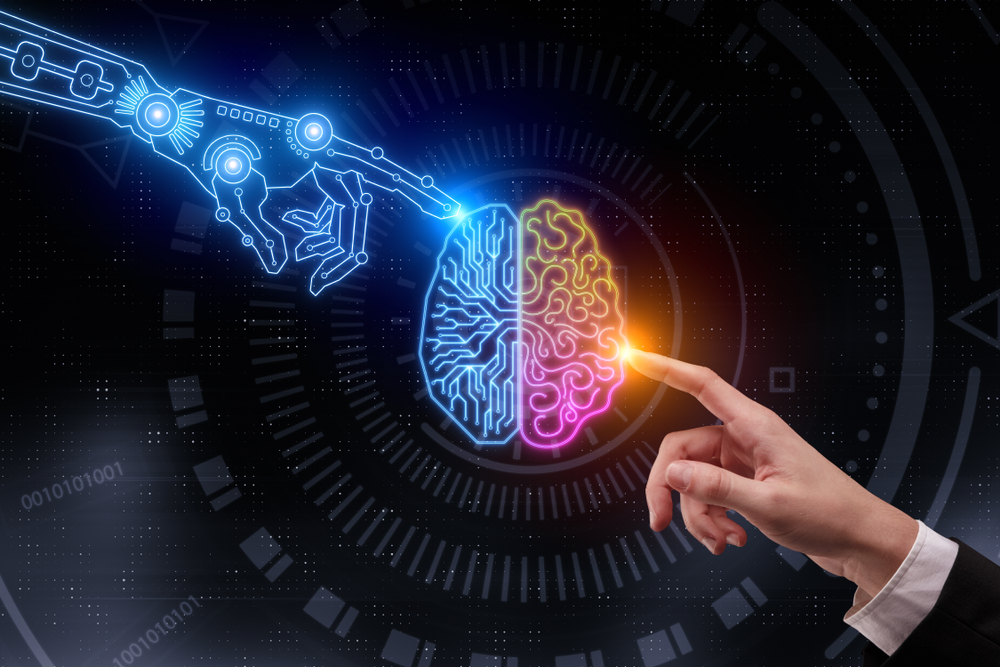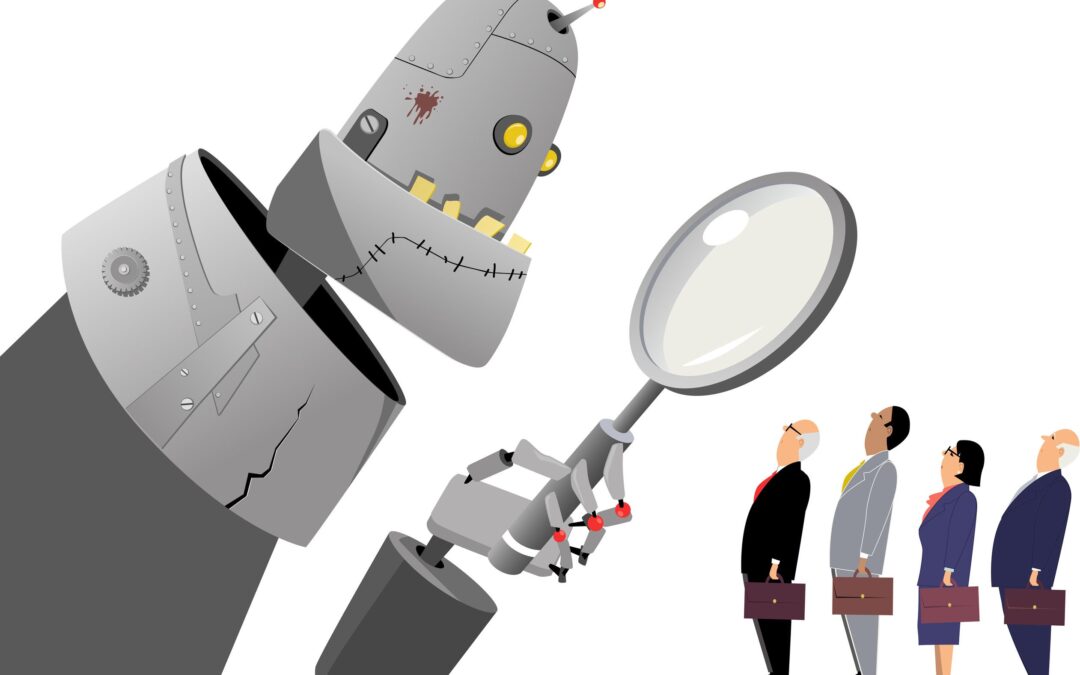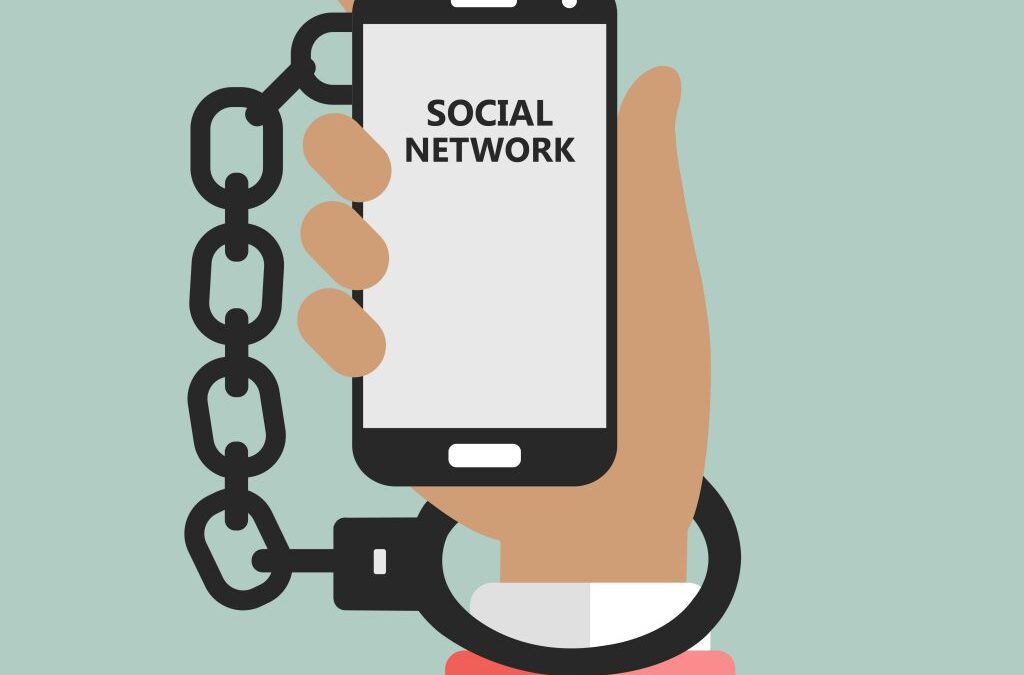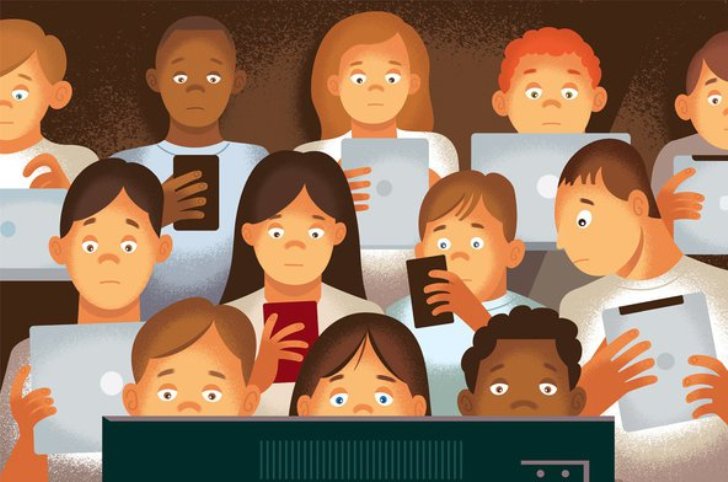
AI vs Humans: The Way Forward
In the last two weeks, we have taken a deep dive into Artificial Intelligence (AI) backed technology, and its role in the world of work. Having spoken about the role of AI in recruitment, the reasons why it can never really replace human recruiters, and how AI can be used to eliminate HR and recruitment bias, we sum up the series with this post which advocates a nuanced approach towards Artificial Intelligence (AI) in the human world. While AI is here to stay and that is for sure, AI can never replace the humane qualities of politeness, empathy, compassion and humour.
With the advent of AI in almost every conceivable sphere our lives, the fact that AI will change our lives like never before can be said to have safely crossed the threshold of just speculation. Technology, and its innumerable by products – such as AI are important, but they can never wholly be independent of the indispensable human touch. Especially in fields such as recruitment which are based entirely on human resources, one cannot replace value of real human interaction to gauge and hone human talent, with mechanics of technology. While technology is an aide to help simplify the job of recruitment, and help perform tasks efficiently and effectively, it cannot replace the human connect.
Anupama Raju in her article “Beyond AI”, takes a witty stand on the tussle between AI and the human touch. Quoting from her article,
Every day, debates continue to rage between two schools — one that sees AI as some kind of evil force that will annihilate the human race, take away jobs and another that sees its wondrous possibilities. Amidst all this, one clear pattern is the machine’s or computer’s ability to advance till the day technological singularity will occur — when AI will reach human levels of intelligence. According to futurist Ray Kurzweil, this could happen in the next 30 years. We see AI around us every day as we rely, like hapless babies, on our smart phones, as the algorithms complete words and sentences for us in our WhatsApp messages, as we hang on to Google for every little piece of information, as we tumble dry our clothes in intelligent washing machines, visit a smart store or proudly display our Alexas. Henry Thoreau once said men have become the tools of their tools. Now more than ever!
AI is already becoming an area of billion-dollar investments for many companies globally. Departments that traditionally relied on human intelligence could all be augmented or perhaps replaced by an AI or a super intelligence. We will see more workplaces where AI will create superlative experiences for employees.
…At the same time, I’m not sure about the effectiveness of the algorithms of politeness, empathy, compassion or humour that could be fed into the machines. These are some factors that make life in the workplace and home worth living.
“There are some factors that make life in the workplace and home worth living.” And these factors are precisely the ones that separate humans as sensitive, rational, thinking beings from automated machines. In our hopes and efforts to shrink the world through technology so that every aspect can be capitalized, with efficiency and with speed, let’s remember to pause and look back every now and then.
Being happy in the now, being mindful in the now, being kind and present and human – supersedes everything else. In the larger scheme of things, it is with the human qualities such as these do we create the moments we cherish for life. AI, and everything else is just a by-product of human intelligence, which cannot and should not replace the latter.




